From Pi of the Sky to the Legacy Survey of Space and Time
Katarzyna Małek*
National Centre for Nuclear Research, Pasteura 7, 02-093 Warsaw, Poland
Aix Marseille Univ, CNRS, CNES, LAM, Marseille, France
(*@ CTP PAS from ~2005 till 2011)
40+1 anniversary of CTP PAS
Outline:
- Very long introduction:
- Pi of the Sky
- Vera Rubin Observatory (much shorter than the "Pi of the Sky"
- what about stars and dust in galaxies?
-
Center for Theoretical Physics, Polish Academy of Science (L. Mankiewicz, K. M., M. Siudek)
-
National Centre for Nuclear Research* (G. Wrochna, M.Sokołowski, K. Nawrocki, M. Ćwiok, T. Batch, A. Majcher)
-
University of Warsaw (A.F. Żarnecki, L.W. Piotrowski)
-
Warsaw University of Technology (G. Kasprowicz, R. Romaniuk)
-
Space Research Center (R. Wawrzaszek)
-
and others
Pi of the Sky
* before 2011: The Andrzej Soltan Institute for Nuclear Studies





SCIENTIFIC MOTIVATION
Search for astrophysical phenomena characterized by short timescales (>=10s), mainly for
prompt optical counterparts of Gamma-Ray Bursts (GRBs) the most violent and energetic stellar explosions in distant galaxies known to humankind*
but also automatic detections of flash like events, and continuously monitoring of blasars, variable stars, etc
Pi of the Sky
GAMMA RAY BURST
Pi of the Sky
IMAGE: NASA GODDARD SPACE FLIGHT CENTER
Visualisation of the fireball model (from Gehrels et al. (2002), credit Juan Velasco).

prompt optical emission is crucial for understanding the most mysterious part of GRB: the central engine
Pi of the Sky
... but nobody knows where the next GRB is going to happen ...
even though satellites spot about one gamma-ray burst per day
?
Pi of the Sky
look everywhere, all the time with self-triggering.
Pi of the Sky applies small telescopes to observe bright objects according to the idea proposed by prof. Bohdan Paczyński
Pi of the Sky
fully autonomous, robotic detector,
which can operate for long periods of
time without human supervision
- continuous observations of a large part of the sky during the night
- large data stream (3000 frames = 25 GB/night/per camera),
- real-time analysis and reactions (online multilevel trigger base on experience from particle physics experiments), but also reacts to alerts from GCN,
- twice a night systematic all-sky scans


Pi of the Sky


2004: installed in ASAS dome LCO site
Pi of the Sky


2004: installed in ASAS dome LCO site

2011: moved to San Pedro de Atacama
Pi of the Sky
Northern hemisfere site:

-
2 CCDs, 2048 x 2048 pixels each
-
Canon lenses, f=85 mm, f/d=1.2
-
FoV of one camera 20x20deg
-
pixel~36 arcsec on the sky
-
paralax system
Pi of the Sky


GRB080319B
z=0.937 (7.5 billion years ago)
Night 18/19.03.2008
Pi of the Sky follows SWIFT satellite, and then ... at 6:12:49 UT SWIFT detects gamma ray burst!
Pi of the Sky

Night 18/19.03.2008
historical slide from my seminar @ CFT 25.03.2008
Pi of the Sky
GRB080319B

Racusin (...) MS,LWP,KM,LM,GW,MĆ,WD,GK,KN,AFŻ +2008 (Nature)

-
Similar overall shape of prompt optical and gamma emission - the same place of origin
-
Lack of correlations on the scale of seconds - different mechanisms: gamma - synchrotron self-Compton, optical - synchrotron
-
lack of strong optical fluctuations on the scale of seconds
Racusin+2008
Pi of the Sky
GRB080319B

Racusin (...) MS,LWP,KM,LM,GW,MĆ,WD,GK,KN,AFŻ +2008 (Nature)

-
Similar overall shape of prompt optical and gamma emission - the same place of origin
-
Lack of correlations on the scale of seconds - different mechanisms: gamma - synchrotron self-Compton, optical - synchrotron
-
lack of strong optical fluctuations on the scale of seconds
Racusin+2008
Pi of the Sky

2010: INTA El Arenosillo observatory near Huelva


Pi of the Sky
GRB160625B


Pi of the Sky




Pi of the Sky

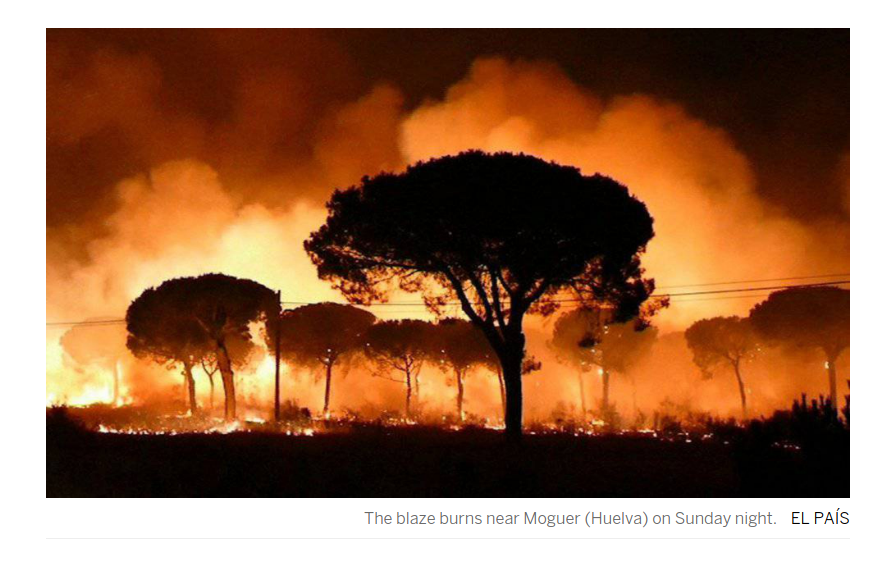
June 2017



Pi of the Sky

Lech Wiktor Piotrowski, KM, L. Mankiewicz, M. Sokołowski, G. Wrochna, A. Zadrożny, A.F. Żarnecki, "Limits on the Flux of Nuclearites and Other Heavy Compact Objects from the Pi of the Sky Project".
Physical Review Letters. 2020, 125 (9)
Pi of the Sky doesn't work anymore but the data can still be used!
Pi of the Sky
Heavy Compact Objects - hypothetical extremely heavy (and dense) objects of (usually) extremely small size
strangelets (microscopic?) / nuclearites (macroscopic?) – hypothetical lumps of matter consisting of up, down and strange quarks, that could be more stable than proton/neutron based hadronic matter
-
could have been produced in very early universe,
-
maybe are produced in astrophysical objects (neutron/strange stars),
-
could traverse through Solar System and Earth,
-
could produce light tracks in the atmosphere due to adiabatic compression of air (brightness may vary with light emission mechanism by many orders of magnitude).
Pi of the Sky
Assumptions: cosmological origin, isotropic flux, “galactic speeds“ of 250km/s
Result from Pi of the Sky:
-
The best (only?) limits on downward isotropic flux of nuclearites with 250km/s speed in 100 g – 100 kg range
-
(The only?) limits on the “sea of nuclearites” directional flux in 0.1 g – 100 kg
Lech Wiktor Piotrowski, KM, L. Mankiewicz, M. Sokołowski, G. Wrochna, A. Zadrożny, A.F. Żarnecki, "Limits on the Flux of Nuclearites and Other Heavy Compact Objects from the Pi of the Sky Project".
Physical Review Letters. 2020, 125 (9)

Pi of the Sky
Pi of the Sky was a natural candidate for the LSST collaboration ...
Vera C. Rubin Observatory



July, 2021
Legacy Survey of Space and Time
The ten-year Rubin Observatory LSST will result in imaging billions of objects in six colors. This survey, which will cover over half the sky, also records the time evolution of these sources.
The first motion picture of our Universe



Legacy Survey of Space and Time

Credit:

-
8.4-m mirror, the width of a singles tennis court
-
3200-megapixel camera
-
Each image the size of 40 full moons
-
37 billion stars and galaxies
-
Up to 10 million alerts, 1000 pairs of exposures,
-
20 Terabytes of data .. every night!
Legacy Survey of Space and Time



Legacy Survey of Space and Time
-
billions of objects in our Universe will be seen for the first time and monitored over time
-
with an incredible increase in capability over current facilities, Rubin C. Observatory is likely to make unexpected discoveries!
The Pi of the Sky would be the natural follow-up for the LSST alerts!

Legacy Survey of Space and Time
The Polish LSST-PL consortium presently consists of 20 affiliated members from six Polish institutions:
National Centre for Nuclear Research (LSST-PL leader: A. Pollo), Center for Theoretical Physics of the Polish Academy of Sciences, Jagiellonian University, Warsaw University, Nicolaus Copernicus University in Toruń, Nicolaus Copernicus Astronomical Center of the Polish Academy of Sciences.
The Polish participation in the project is funded by the grant of the Polish Ministry of Science and Higher Education DIR/WK/2018/12.
The research carried out by the NCBJ researchers in preparation for the coming LSST data is partially covered by grants of the Polish National Science Center: UMO-2018/30/E/ST9/00082 and UMO-2018/30/M/ST9/00757.

Legacy Survey of Space and Time
-
Galaxies
-
Stars, Milky Way, and Local Volume
-
Solar System
-
Dark Energy
-
Active Galactic Nuclei
-
Transients/variable stars
-
Strong Lensing
-
Informatics and Statistic
Five official PIs:
B. Czerny, M. Bilicki, W. Hellwing, A. Zadrożny, KM
A simulated night sky provides a background for the Rubin Observatory facility. lsst.org
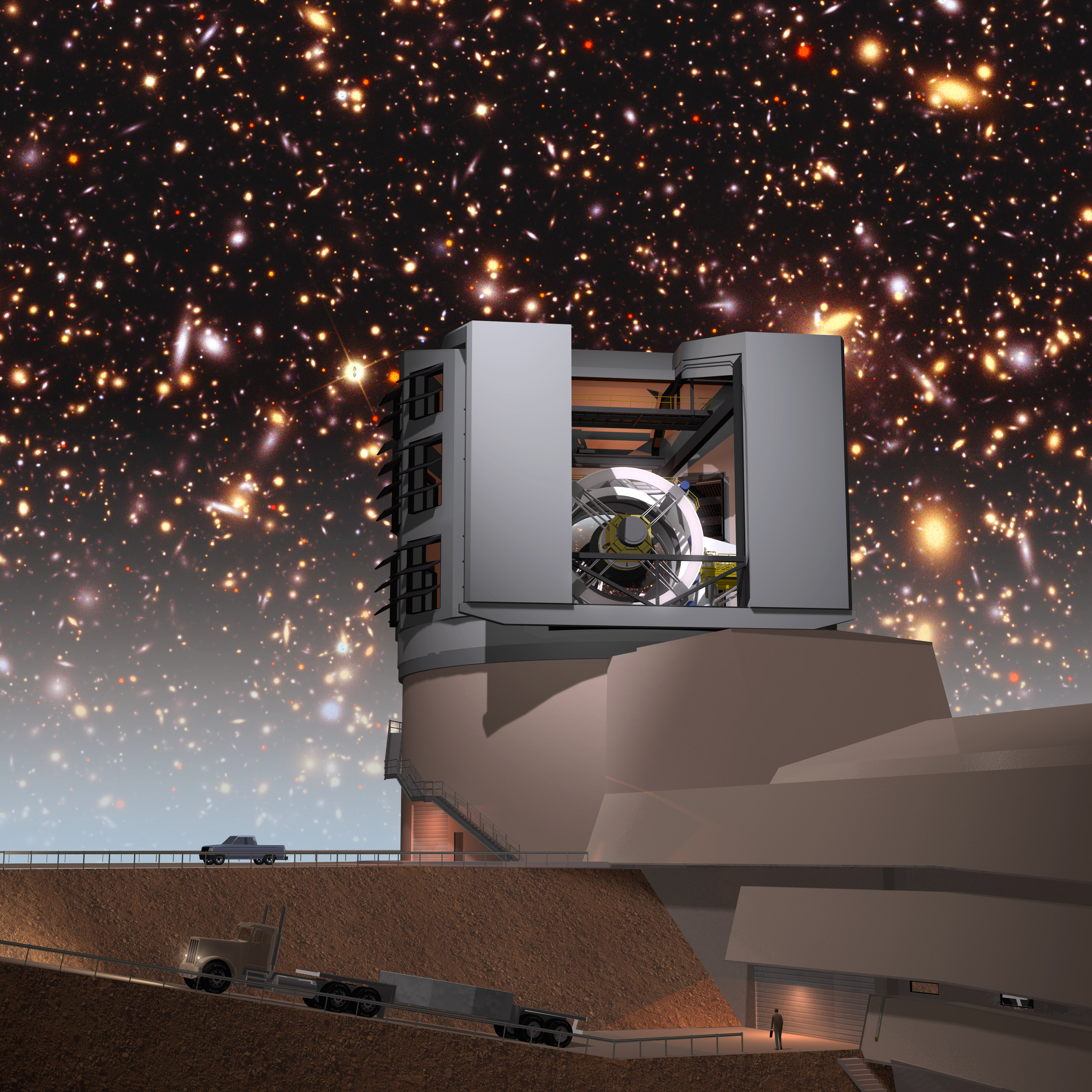
The end of a very long introduction :-)
What about stars and dust on galaxies and the balance between them?
the interaction between dust and stars is extremely complex ..
The main components
(but not all of them):
- old and young star,
- stellar remnants,
- interstellar medium,
- metallicity,
- dust emission/geometry,
- supermassive black holes ....
only the panchromatic view on the galaxy with additional time components can give full information about the physical properties of galaxies.


CIGALE, Boquien+19

But how to deal with the photometric measurements?
Spectral Energy Distribution fitting
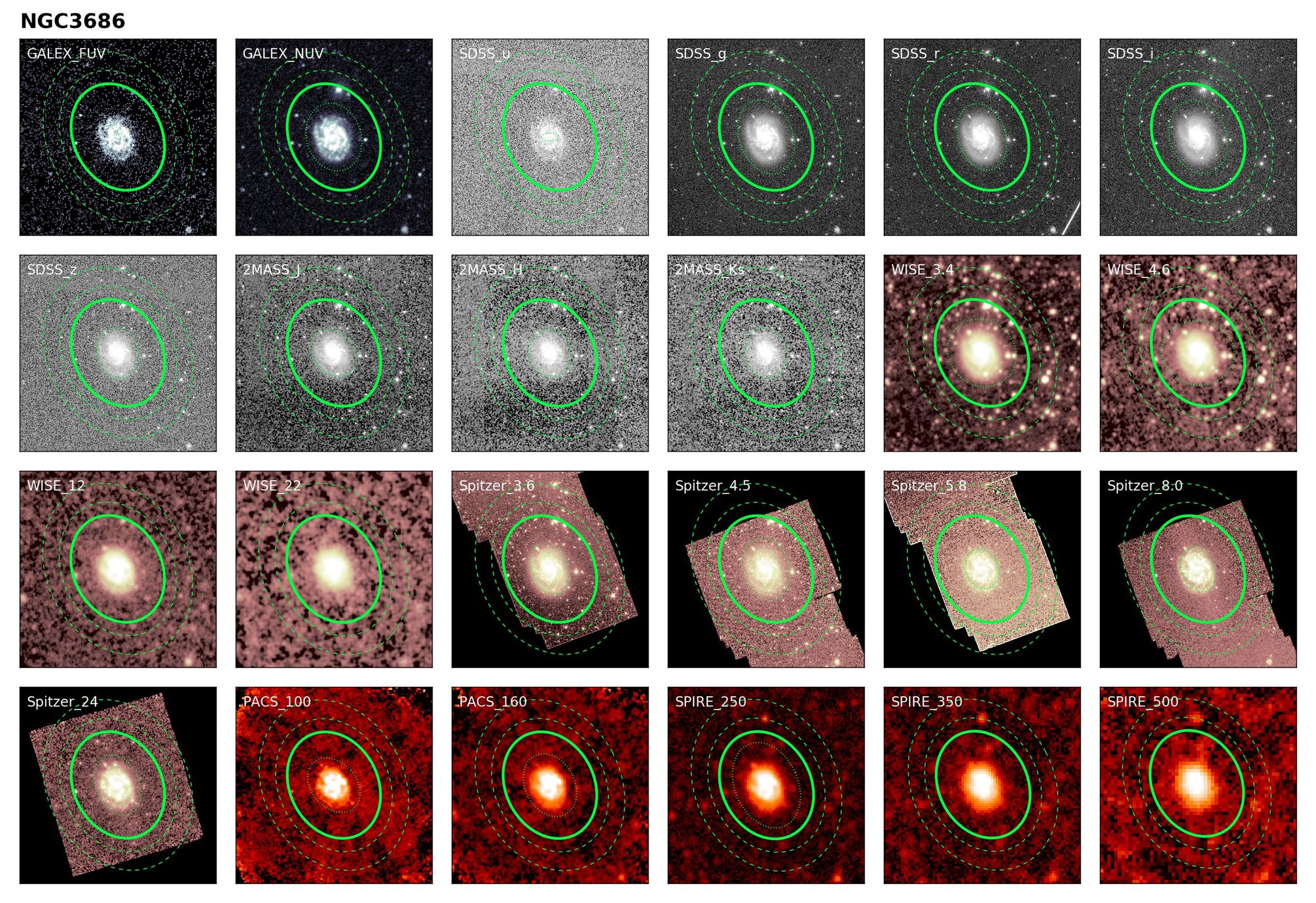
Multiwavelength imagery of DustPedia galaxy NGC 368 Clark et al., 2015

Credit: Mahmoud Hamed
Spectral Energy Distribution of Galaxy

Credit: Mahmoud Hamed
Spectral Energy Distribution of Galaxy


DUST ATTENUATION:
link between
stellar & dust components


Buat, KM et al., 2019
DUST ATTENUATION:
link between
stellar & dust components



Buat, KM et al., 2019
DUST ATTENUATION:
link between
stellar & dust components
Are all attenuation laws interchangeable?



To reply to that question in static way, we need a statistically important, unique sample of galaxies with reach photometrical measurements, with farIR data, spread out in a wide redshift range.
It is going to be even more challenging with LSST!
Based on the Herschel Extragalactic Legacy Project data and SED fitting we found that even having nicely spread photometric measurements from UV to FIR...



Charlot&Fall 2000
Lo Faro 2017
Calzetti 2000
Małek et al., 2018
But why?
Mstar (basic physical parameter) changes with dust attenuation


~45 000 galaxies
For sure not due to the attenuation in the FUV regime ...
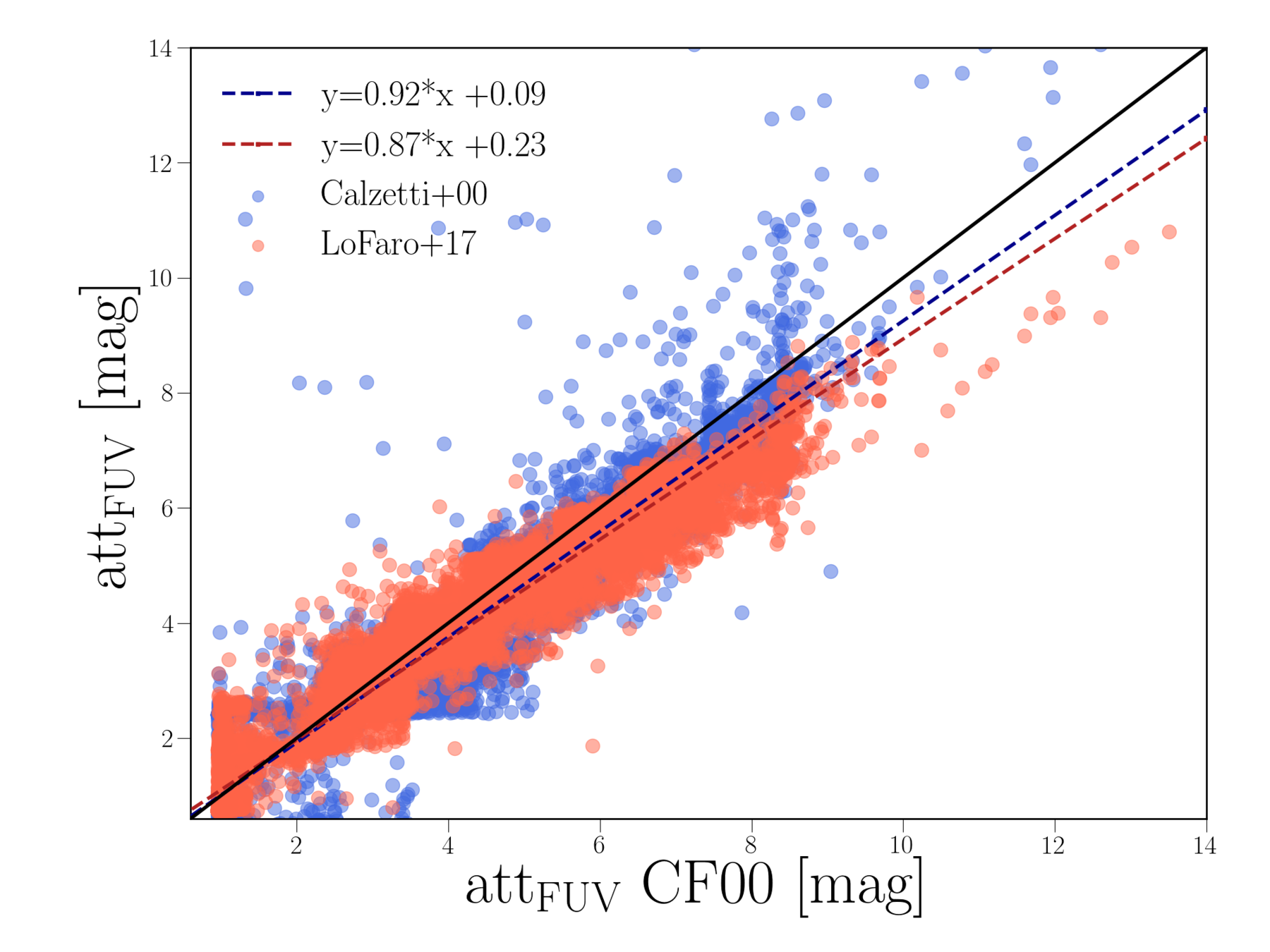
... but because of the changes in the NIR wavelenghts.
Att. NIR
Att. FUV
Małek et al., 2020

Lo Faro+2017
Charlot&Fall 2000
Calzetti 2000





Małek et al., 2018
... and taking into account changes with SFR (i.e. M. Figueira, in preparation):
we can change for example Main Sequance (not that "Main" anymore)

GALEX-SDSS-WISE (z < 0.3)
VIPERS (z ~ 0.7)
Gabriele RICCIO, KM, et al.,
"Getting ready for the LSST data -- estimating the physical properties of z<2.5z<2.5 main sequence galaxies"
accepted for publication in A&A
We perform a simulation of LSST observations and uncertainties of 50,385 real galaxies within redshift range 0<z<2.5 for already know, normal starforming galaxies from HELP project.



Gabriele RICCIO, KM, et al.,
"Getting ready for the LSST data -- estimating the physical properties of z<2.5z<2.5 main sequence galaxies"
accepted for publication in A&A
Hamed, KM et al., in preparation
Mahmoud HAMED ,KM, et al., "Dust attenuation in ALMA-detected dusty star-forming galaxies in the COSMOS field " in preparation


Mdust/Mstar
redshift
Calzetti 2000
Charlot&Fall 2000
Lo Faro+2017
We know that galaxies evolve
It means that the dust attenuation law can also change with time. Can we use LSST to reply for that question?
Our main conclusion is that we need to work on the possible new dust attenuation law or we should find a boundary condition for the application of different laws.
and we are working on that




ASTROdust team
Mahmoud (Misha) Hamed

Gabriele Riccio
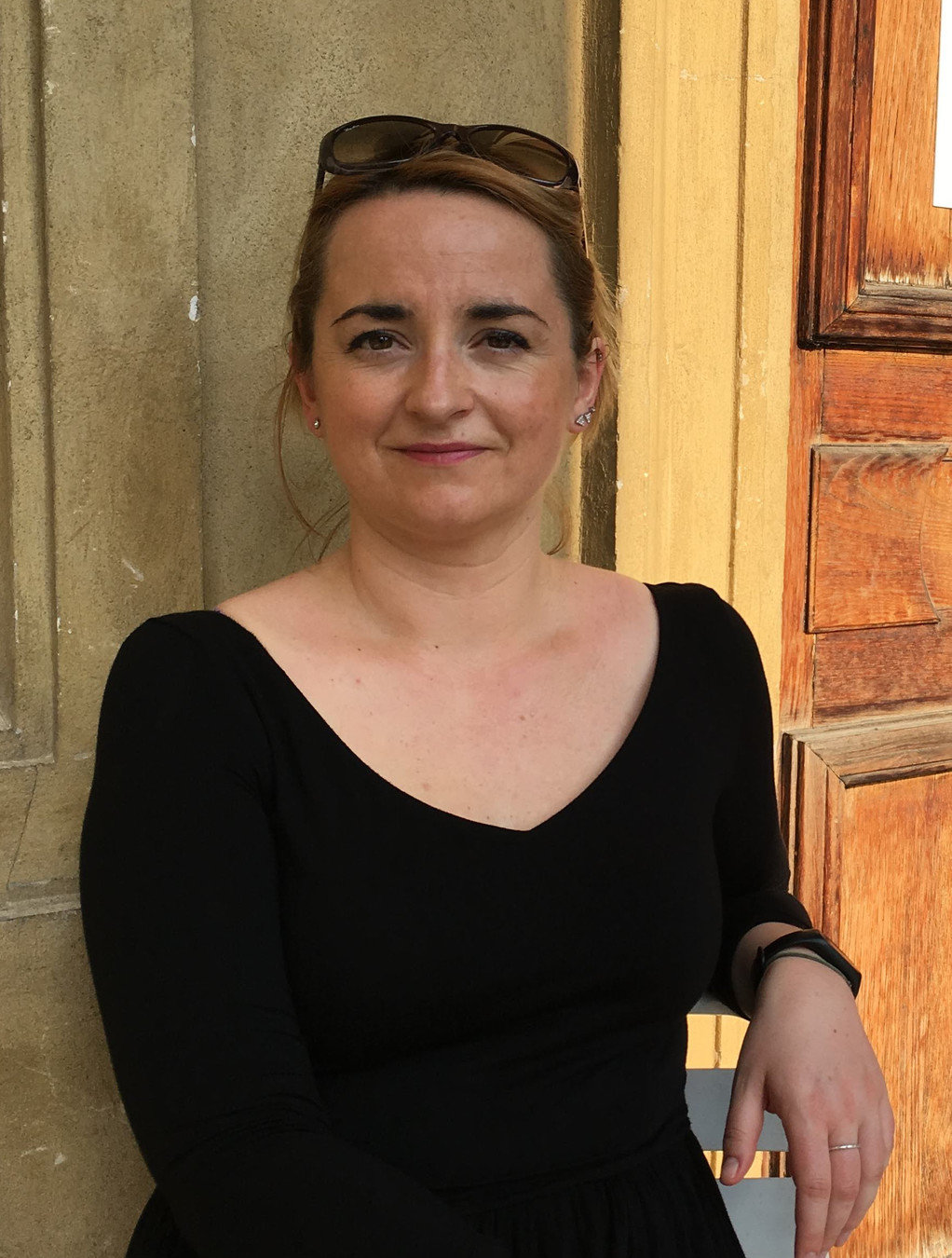
Kasia Małek
Ambra Nanni
Krzysztof Lisiecki







Summary
- a universal attenuation law doesn't exist (yet),
- a flatter attenuation curve at longer λ results in the larger estimation of Mstar,
- the geometry of the galaxy plays an important role in the selection of proper attenuation law, but what else? What about the time component?
- We are not able yet to model galaxies observed only by LSST - not enough data to solve the mystery of attenuation


Thank you for your attention
HELP (Shirley, KM et al. 2021)
aims to collate and homogenize photometric observations from many astronomical observatories

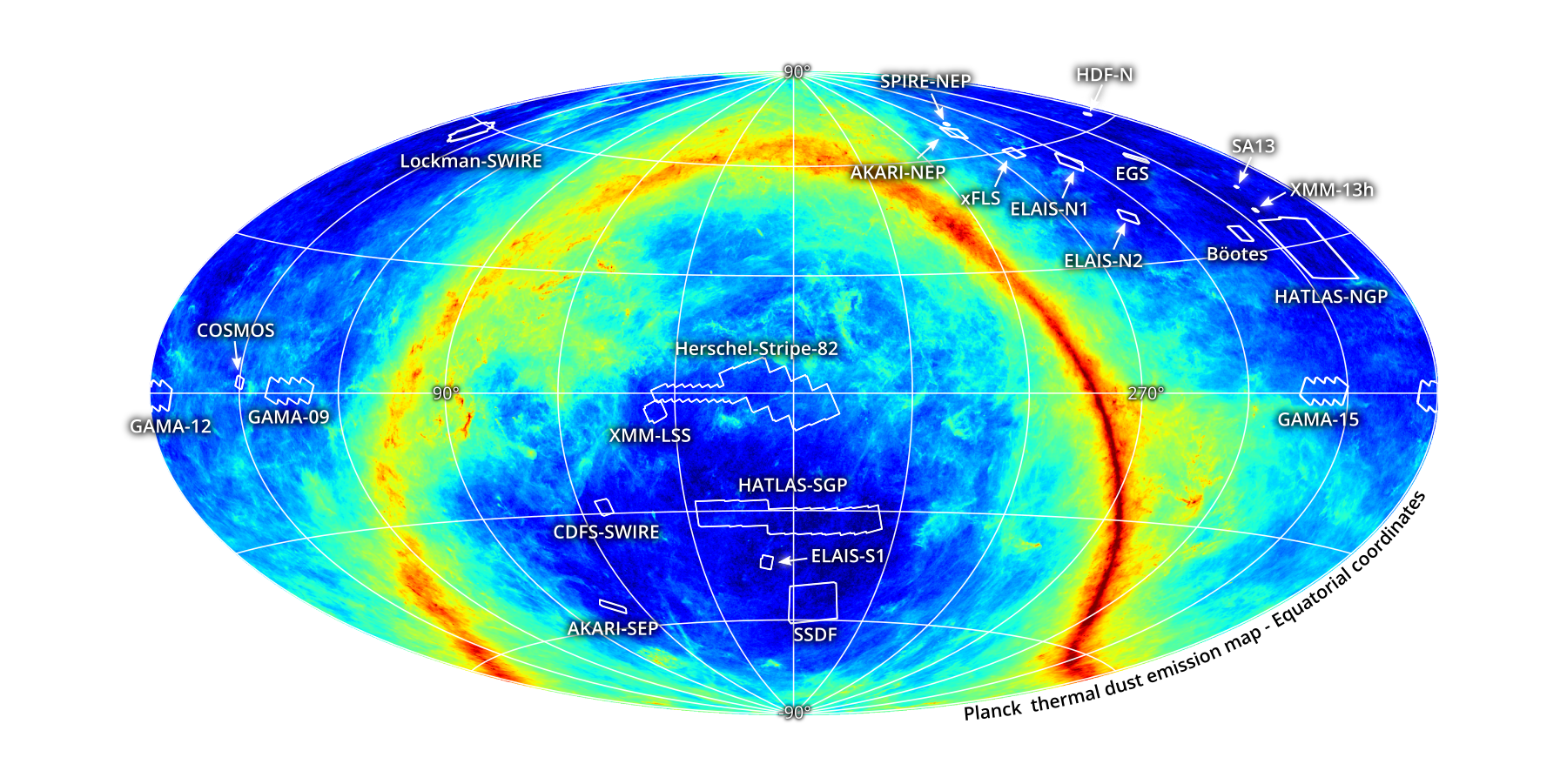
XID+ deblending tool for Herschel maps (Hurley+17)

HELP
aims to collate and homogenize photometric observations from many astronomical observatories,


ELAIS N1
CDFS SWIRE

From Pi of the Sky to the Legacy Survey of Space and Time
By Kasia Malek
From Pi of the Sky to the Legacy Survey of Space and Time
- 238



